When it comes to the coolest cars of the 2000s, nobody consistently knocked it out of the park quite like Aston Martin. From the Vanquish to the DBS, we’re talking a decade plus of absolutely stunning cars worthy of both the silver screen and the red carpet. These days, the entry-level V8 Vantage is still tantalizingly inexpensive, with stick-shift models going for less than $50,000. While the thought of a boutique British luxury sports car sounds a bit scary, the V8 Vantage might be the best first used exotic car to own because under the skin, it’s actually less exotic than its aluminum structure suggests.
See, in the late yuppie era, Ford made a move for Aston Martin. It started with a stake in 1987 and led to a controlling stake in 1991 that let Ford hold onto the esteemed marque while it assembled its dream team. We’re talking Jaguar, then Volvo, then Land Rover, all to join forces with Lincoln to make up the Premier Automotive Group. Ultimately, PAG was a pipe dream that didn’t last long, but new Aston Martins developed from the ground up during the PAG era shared lots of parts with other cars. The V8 Vantage shared the most of the lot.
Let’s start with the engine, because it’s a reworked dry-sump variant of Jaguar’s overhead cam V8. While the internals are completely different on the Aston, the same can’t be said for accessories. The water pump on 4.3-liter models is exactly the same as Land Rover part number 4575902 off a late-2000s Range Rover, which means quality aftermarket units exist. As for the belt tensioner and idler pulley, those were shared with the 4.2-liter Jaguar S-Type, while the PCV valve came from a V8 Land Rover LR3. Even the starter motor is off a Land Rover LR3’s 4.4-liter V8. Spark plugs? OE ones are model-specific, but they’re heaps cheaper as NGK part number IFR7N10 than they’d be through your local Aston dealer. Oh, and cabin air filters are shared with the Mazda RX-8, meaning you won’t have to pay the Aston tax on those either.
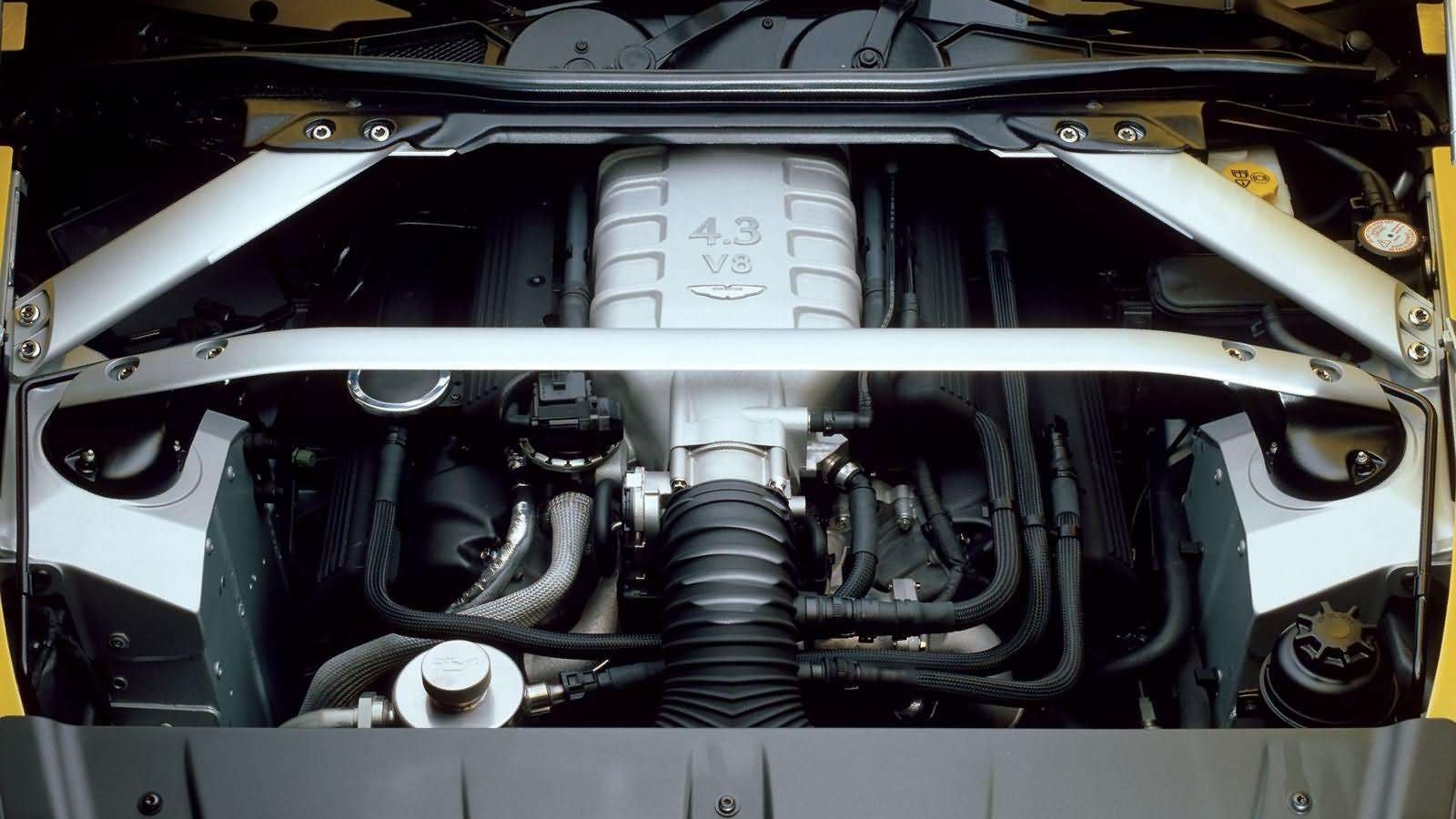
So far so good, but what about brakes? Well, discs are application-specific, although because Aston Martin used Brembo as a supplier, you can simply buy brake discs directly from Brembo without paying the full Aston Martin tax. Since those on a budget are probably looking at earlier 4.3-liter V8 Vantage examples with four-piston front brakes, a front disc will run you $209.99 from Brembo itself versus north of $300 in an Aston Martin box. Don’t worry that the listing says DB9, the discs are identical between the big and baby Astons. Better yet, because the front brake calipers are common Brembo four-piston units, quality aftermarket pads are easy to find for far less than the OEM Pagid pads. In fact, the EBC Yellowstuff part number for front brake pads is identical to that of front pads for the 2006-onward Volkswagen Touareg, and a set will run you $204.66 from FCP Euro.
Around back, you’re looking at Brembo part number 09.8781.21 for rear brake discs, while the pad backing plates were shared with the Maserati Quattroporte and many Ferraris so aftermarket options are surprisingly abundant for about the same cost as a set of front pads. As for the parking brake pads, those are off a Jaguar S-Type. Score.

Let’s say you’re parked curbside and someone inconsiderate comes and smashes the side mirror on your V8 Vantage. Before you panic, you might want to go to your local junkyard so long as the mirror base is good. The cap and glass are shared with the facelifted second-generation Volvo V70 and S60. Likewise, the navigation system in early cars is also all Volvo, so if it packs up, used parts are actually easy to come by.
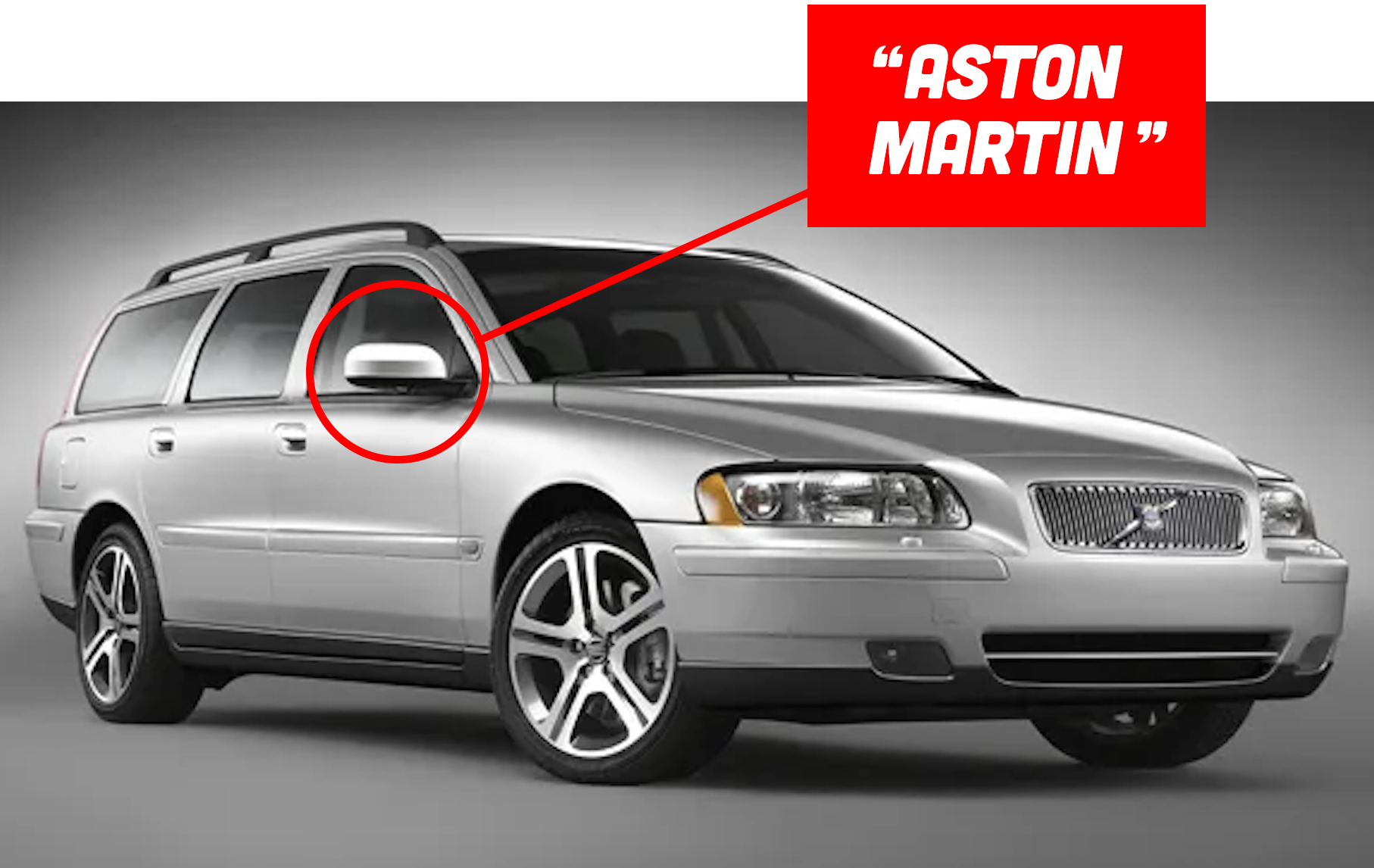
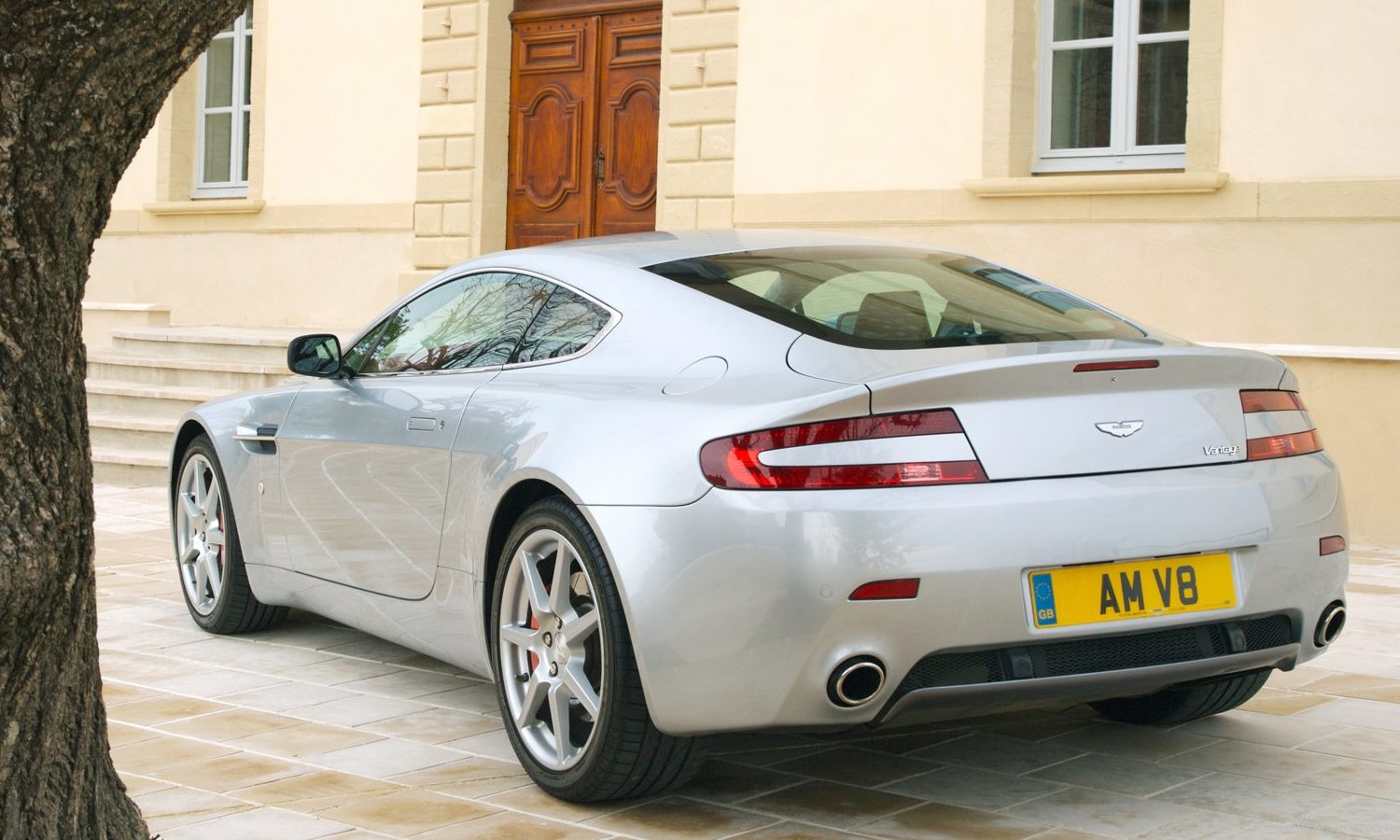
Now granted, there are some V8 Vantage maintenance parts that are model-specific. The engine air filters aren’t shared with anything that isn’t an Aston Martin, and while some Jaguar V8 oil filters are said to fit, it’s probably best to stick with the expensive $60-70 Aston Martin filter just in case. In addition, your dampers and other suspension components will be model-specific, and they can get pricey. Still, as far as exotic cars go, the sheer amount of parts Aston Martin was able to borrow from other Ford-owned brands’ parts bins means that when you factor in the relatively reliability of a V8 Vantage, it’s probably the best second-hand exotic car to own as a first-timer. So, if you’ve always dreamt of one, don’t be scared. That dream might be closer to you than you think.
Top graphic image: Aston Martin





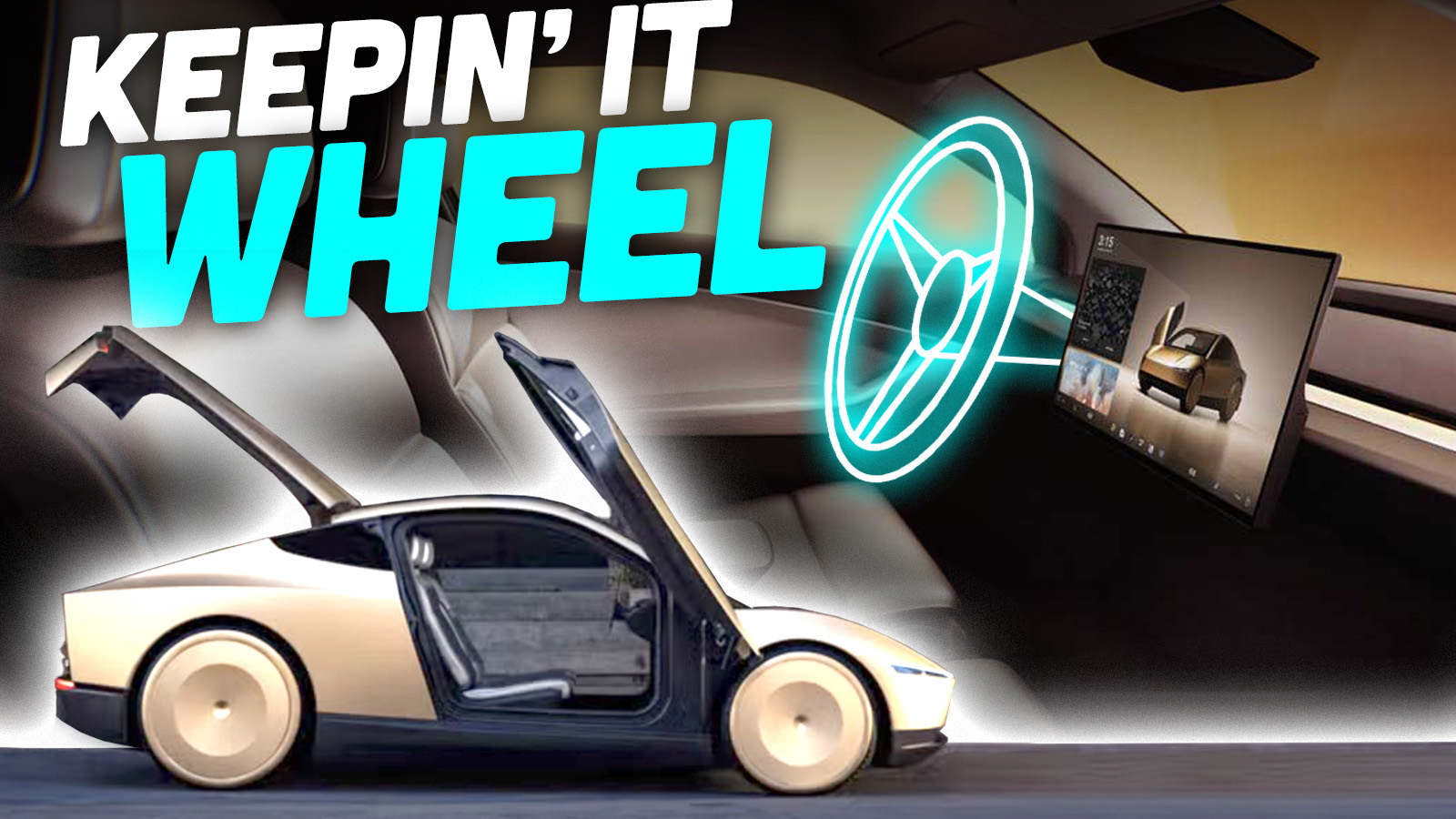

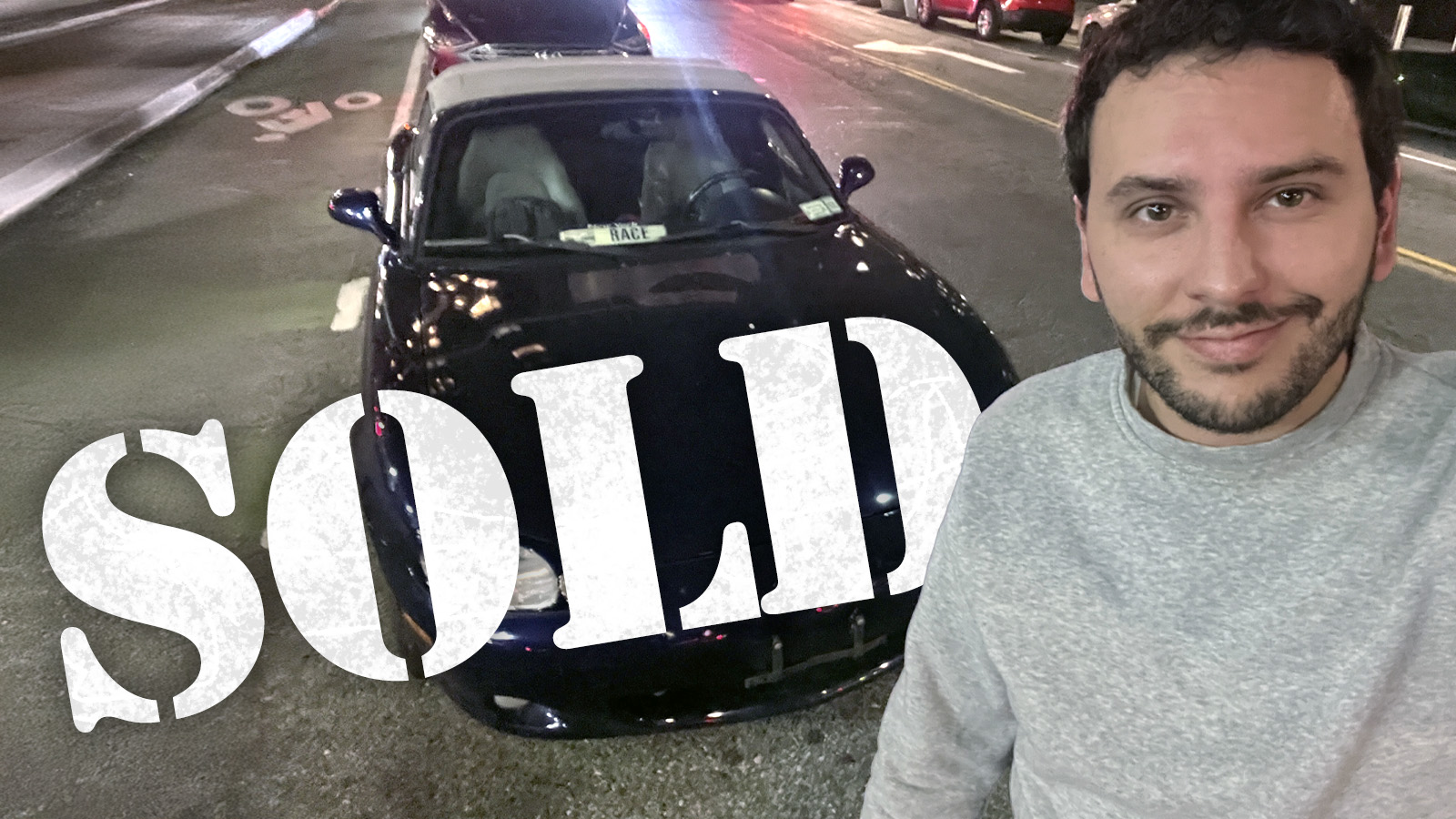
People complain about “Parts-Bin” pieces when a car is new.
But they’re awfully glad for it when the car is 10+ years old.
Not today, Satan. Not today…
When someone asks me, what brand of motorcycle do I suggest looking at, it’s always “Honda” first.
But, then, why do I have British and Italian? Mostly because I’m don’t take my own advice, and pay for it later.
Case in point: the build quality of my Triumph has been fabulous. Nearly matching the build quality of my Honda motorcycles (which is quite the complement, I might add).
But now that it’s on a few years – the pain of a smaller brand really starts to shine.
Need parts? Triumph doesn’t carry them.
Never would I hear a story of a common maintenance item, like a thermostat, being unavailable for a Honda motorcycle built since the 60’s unless it’s a very limited run model (or something absurd like an NR500).
Now: I’m very much at the mercy of filtering through reams of forums on how I can kluge together parts from a 1970’s Chevy that claim to fit.
I should replace it with a Honda.
Make sure your comprehensive covers windshield replacement. Taverish cracked his with cold hose water, and found out it was over $8000 to replace, and a wait to be imported. He wrote about it some years back. Think there are plastic timing chain guides that need replacing too.
It’s absolutely crazy to me that V8 vantage is cheaper than DB9s of the same years, but the secret is out that the V8s in the vantage are shockingly robust, and it’s documented well that the DB9’s V12 is very much not. Still, the parts sharing for such common maintenance items being that extensive makes these even more compelling. It’s hard to think of a better exotic experience for less money both upfront, and over the span of years. Certainly more distinctive than a 718 Cayman or 997 911.
Love reading articles like this. Part conglomeration cars like this are always interesting and the game as people find out what fits and what doesn’t is always fascinating.